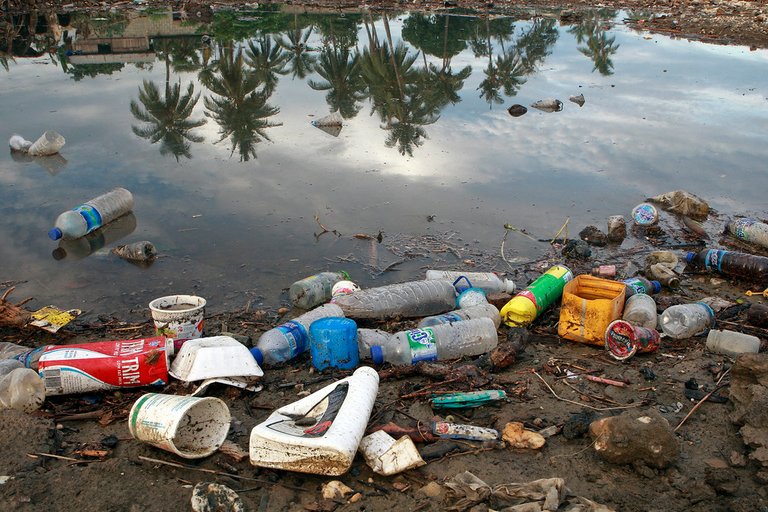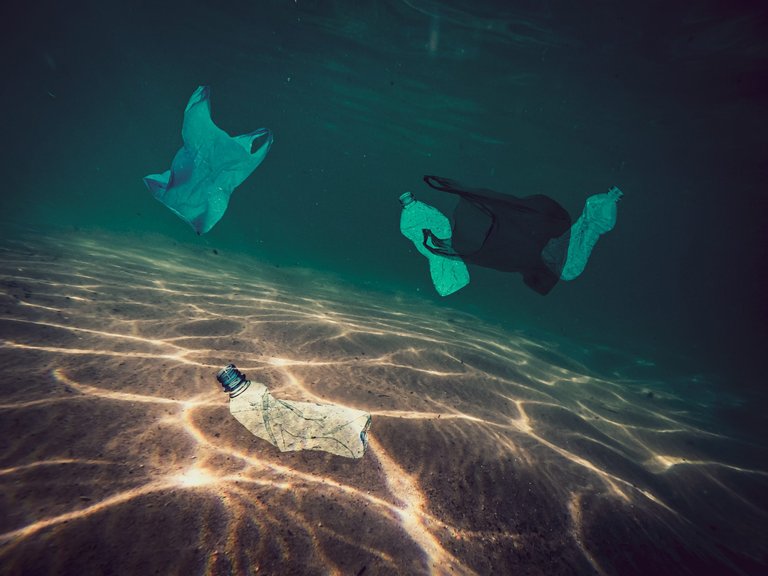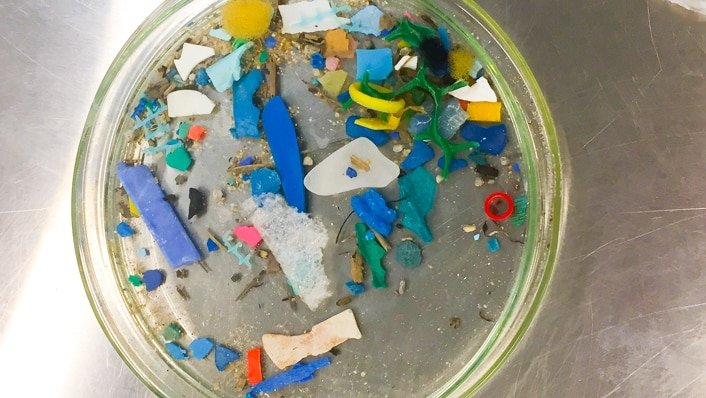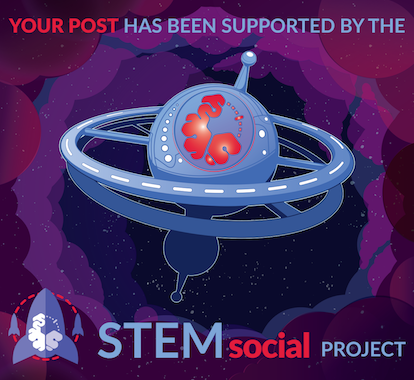I have seen a lot of writing about plastics and its ecological chaos as a lot of plastics find their way to the ocean where they then find their way to the pacific ocean and over years they begin to disintegrate into tiny pieces and they travel to places where even humans really travel to or live.
In a world were we use plastics, and plastic bottle looks like the most preferable for water, soda, and other beverage packaging, it is no surprise that about 34 billion bottles find their way to the ocean. Well, while I would have love to say that my country consumes a lot of bottled products, and so we should be the highest contributors, it will shock you to know that the US accounts for the majority of bottles that find their way there and they get to the sea from rivers where rotating ocean wind known as Gyres cause them to come to the circle.
Since the 1950s, we have been using plastic and we do not recycle up to 10% and the majority of these plastics find their way to the ocean where only 1% stay on the surface of the ocean while the vast majority will sink and degrade into bits. Most bottles that stay afloat in the ocean have their covers on them. The cover is made of High-density polyethylene (HDPE) but the bottle is usually made of PET (Polyethylene Terephthalate) which is less durable and doesn't float regularly because once it takes in water, it begins to sink and breaks as UV radiation and oxidation breaks the chemical bond causing wind, waves, and collision with other types of trash and other substances causes them to tear and this is how microplastics become a thing.
When plastics in the river become pieces, it isn't that they disappear, it is that they become invisible in most cases. With microplastics, a lot of birds, fishes, and even turtle finds it in them. With birds, since they cannot regurgitate, the more plastic they eat the less they can eat and the less they weigh according to a 1995 study. You can see how long we have been going through microplastic issues and this issue has been before the study. In fact, in 2023, scientists identified a new condition in bird known as Plasticosis which is when plastics damages the digestive system of birds.
It isn't like the cap doesn't also sink, it does because it break downs and algae and plankton grow on its bit. Researcher say that the plastics sitting on the ocean floor weighs over 11 million metric tons with a lot of these plastics staying below the ocean stay for years but then they still break to fragment and remember I mentioned that they do not disappear, rather they become smaller until they become micro.
Microplastic can also be toxic to human cells leading to DNA damage, and when scientist tested this in the lab using lab-grown tissue samples, it showed that this toxins can affect the airways, intestine, liver, brain, and other organs in the body. According to a study in 2024, researchers found that about 58% of people suffering cardiac arrest had microplastics in their arterial plaque. People with microplastics have a higher chance of stroke, heart attack, and also death.
To keep plastics from finding their way into the ocean, using methods like recycling, and proper waste management in a sealed landfill. Anyways, the best solution that I will proffer is for the less production of plastics and use refillable bottles as this can prevent billions of plastic bottles from finding their way to the sea.
Read More
https://www.science.org/doi/10.1126/science.1260352
https://www.nature.com/articles/ncomms15611
https://www.science.org/doi/10.1126/sciadv.1700782
https://pubs.acs.org/doi/10.1021/envhealth.3c00052
https://ehp.niehs.nih.gov/doi/10.1289/ehp.123-A90
https://royalsocietypublishing.org/doi/10.1098/rstb.2008.0205
https://www.nejm.org/doi/full/10.1056/NEJMoa2309822
https://www.ncbi.nlm.nih.gov/pmc/articles/PMC10501118/
https://www.nature.com/articles/s41598-018-22939-w
https://www.sciencedirect.com/science/article/abs/pii/S0048969716310154?via%3Dihub
https://www.nature.com/articles/s41598-020-64465-8
https://www.ncbi.nlm.nih.gov/pmc/articles/PMC4802224/
https://www.sciencedirect.com/science/article/abs/pii/S0967063724000360?via%3Dihub
https://www.nature.com/articles/s41598-019-49413-5
https://www.sciencedirect.com/science/article/pii/S026974912301254X?via%3Dihub



